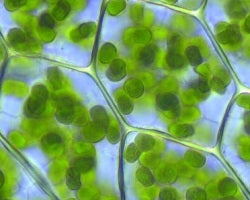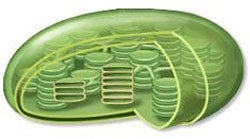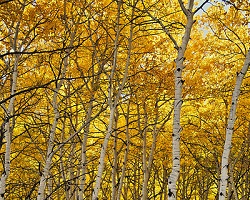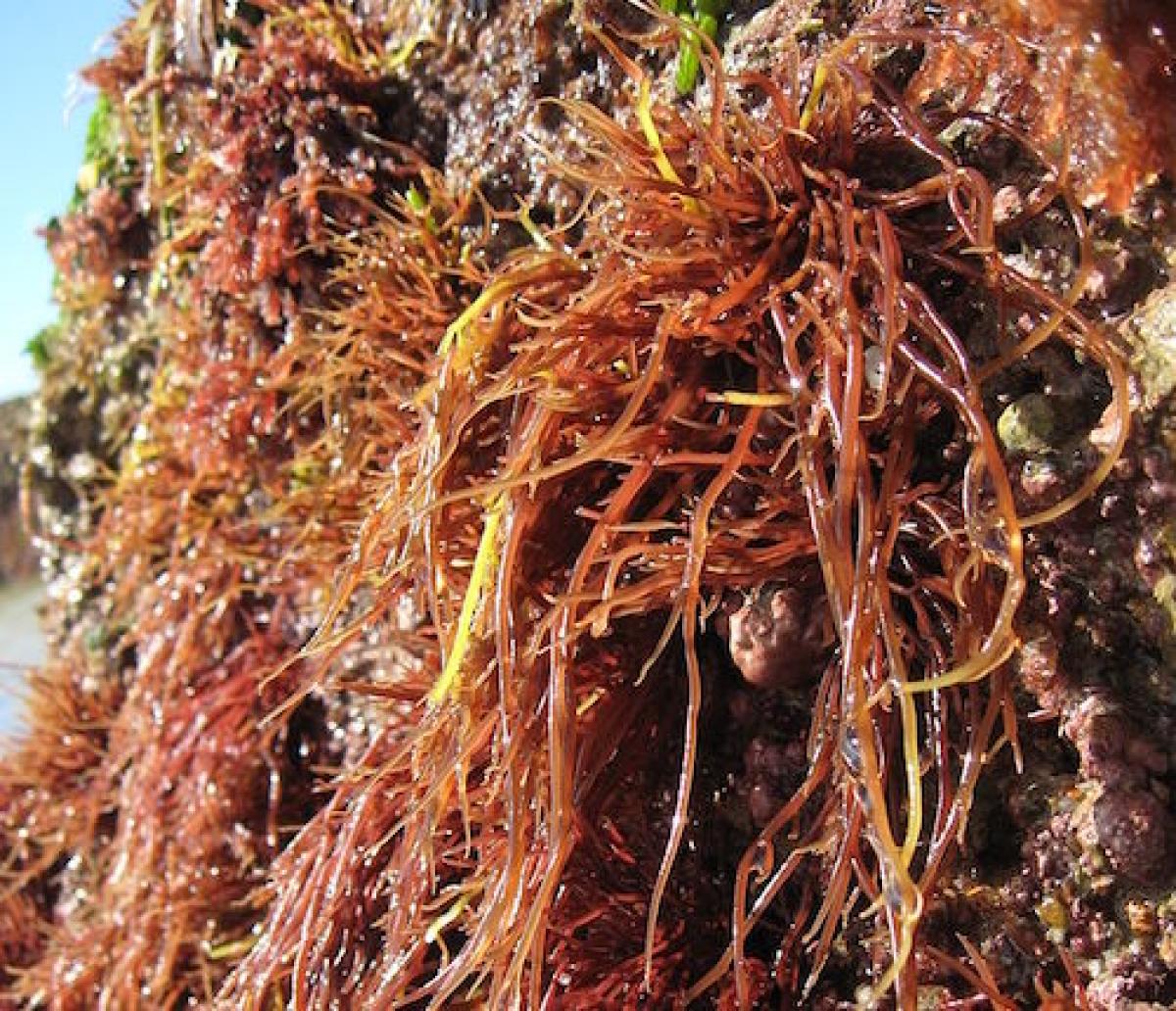The Story of Chlorophyll and Chloroplasts

Chloroplasts are tiny factories inside the cells of plants. They are also found in the cells of other organisms that use photosynthesis. Chloroplasts take the energy from the sunlight and use it to make plant food. The food can be used immediately to give cells energy or it can be stored as sugar or starch. If stored, it can be used later when the plant needs to do work, like grow a new branch or make a flower.
Chloroplasts Up Close
Inside chloroplasts are special stacks of pancake-shaped structures called thylakoids (Greek thylakos = sack or pouch). Thylakoids have an outer membrane that surrounds an inner area called the lumen. The light-dependent reactions happen inside the thylakoid.
Our cells have mitochondria (Greek mitos = thread, and khondrion = little granule), our energy-producing structures. We don't have any chloroplasts. Plants have both mitochondria and chloroplasts.

This model of a chloroplast shows the stacked thylakoids. The space inside a thylakoid is called a lumen. Image via Guillermo Estefani (artinaid.com).
Both mitochondria and chloroplasts convert one form of energy into another form that cells can use. How did plants get chloroplasts? Chloroplasts were once free-living bacteria! Chloroplasts entered a symbiotic (Greek syn = together, and bios = life) relationship with another cell, which eventually led to the plant cells we have today.
Being Green
Chlorophyll, a green pigment found in chloroplasts, is an important part of the light-dependent reactions. Chlorophyll soaks up the energy from sunlight. It is also the reason why plants are green. You may remember that colors are different wavelengths of light. Chlorophyll captures red and blue wavelengths of light and reflects the green wavelengths.

Plants have different types of pigments besides chlorophyll. Some of them also assist in absorbing light energy. These different pigments are most noticeable during the fall. During that time, plants make less chlorophyll and the other colors are no longer hidden beneath green.
But why don't plants have pigments that allow them to capture all wavelengths of light? If you've ever gotten a sunburn you know firsthand that sunlight can be damaging. Plants can also be damaged from excess light energy. Luckily, there are non-chlorophyll pigments in plants that provide a 'sunscreen'.
Additional images via Wikimedia Commons. Algae image by Leonardo Ré-Jorge.
Read more about: Snacking on Sunlight
Bibliographic details:
- Article: Chlorophyll and Chloroplasts
- Author(s): Dr. Biology
- Publisher: Arizona State University School of Life Sciences Ask A Biologist
- Site name: ASU - Ask A Biologist
- Date published: 2 Aug, 2014
- Date accessed: 22 September, 2025
- Link: https://askabiologist.asu.edu/chlorophyll-and-chloroplasts
APA Style
Dr. Biology. (Sat, 08/02/2014 - 08:02). Chlorophyll and Chloroplasts. ASU - Ask A Biologist. Retrieved from https://askabiologist.asu.edu/chlorophyll-and-chloroplasts
Chicago Manual of Style
Dr. Biology. "Chlorophyll and Chloroplasts". ASU - Ask A Biologist. 02 Aug 2014. https://askabiologist.asu.edu/chlorophyll-and-chloroplasts
MLA 2017 Style
Dr. Biology. "Chlorophyll and Chloroplasts". ASU - Ask A Biologist. 02 Aug 2014. ASU - Ask A Biologist, Web. https://askabiologist.asu.edu/chlorophyll-and-chloroplasts

Chlorophyll isn't the only photosynthetic molecule. Red and brown algae often have the photosynthetic pigment fucoxanthin.
Be Part of
Ask A Biologist
By volunteering, or simply sending us feedback on the site. Scientists, teachers, writers, illustrators, and translators are all important to the program. If you are interested in helping with the website we have a Volunteers page to get the process started.



